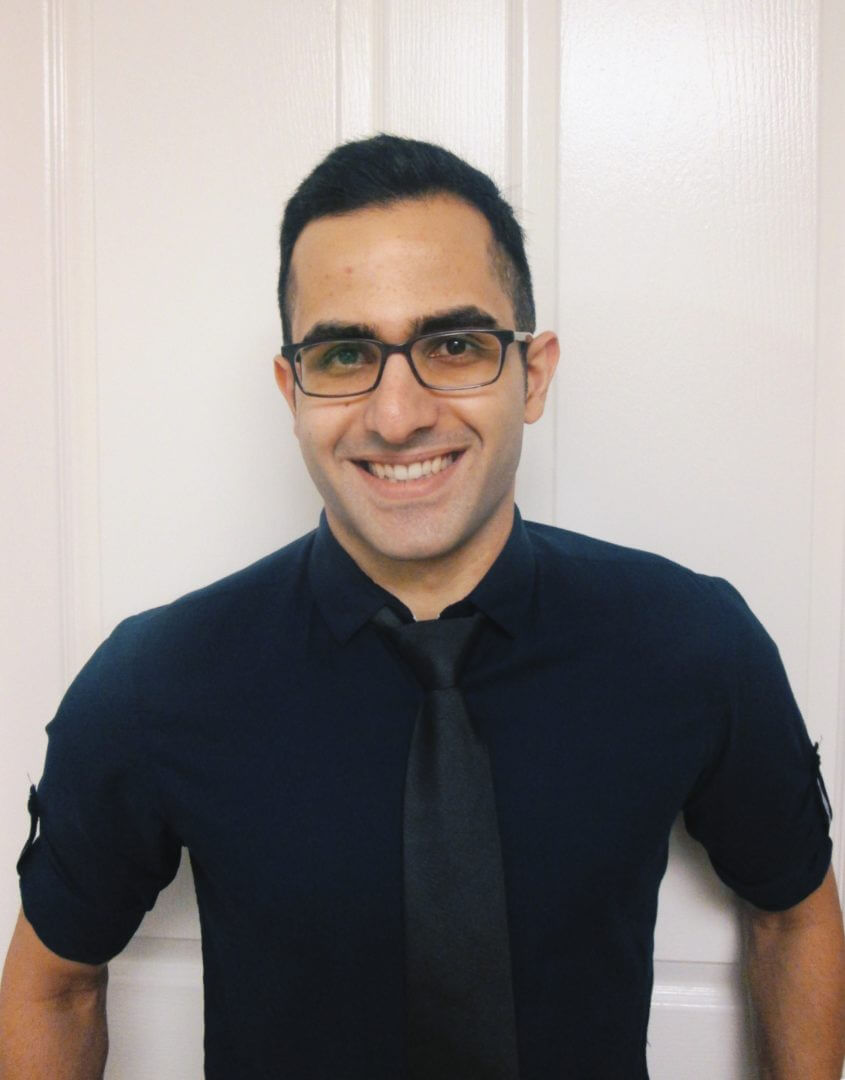Protector Against Particulates
Arian Saffari’s battle with air pollution didn’t start in a research lab at USC. It started with his struggle to breathe in a dusty city nearly 8,000 miles away.
Sandstorms regularly blanketed the horizon in Ahvaz, the oil-rich city in southwestern Iran where he grew up. Some days, Saffari recalled, the clouds of red soot were so thick that the atmosphere looked like Mars. Stagnant, dusty air crept into homes and offices through air conditioning vents, leaving layers of dust on clothes and furniture and people hacking and coughing.
For Saffari, the dust was just a part of life. “There were days you couldn’t go out because of the sandstorms,” Saffari said. “And after you came back home you’d have to get the sand out of your hair, that’s how severe it was.”
Ahvaz, with a population of about 1.2 million people, has topped the list of the world’s most polluted cities, according to the World Health Organization; surveys have pegged Ahvaz with the highest count of small airborne particles out of 1,100 urban areas around the world.
In 2012, Saffari immigrated to the United States to study at USC Viterbi, initially on a two-year academic fellowship. Since then, his dedication as an environmental engineering Ph.D. fighting against deadly unseen particles has made him one of USC’s premier air pollution researchers. In fact, he was one of only two Ph.D. graduates from USC Viterbi to receive the prestigious Ph.D. Achievement award from USC’s Office of the Provost last May.
Saffari is continuing his research on particulate matter — a mixture of solid particles like dust and liquid droplets found in the air. A Global Burden of Disease study, which provides health scientists with a general framework of research and the topics that require attention, shows that ambient particulate matter pollution and household air pollution from fuels are two of the top 10 major causes of death. And according to the WHO’s online database, outdoor air pollution causes more than 15 deaths per every 100,000 Americans.
Saffari investigated the emission sources and chemical species that induce toxicity in the urban atmosphere. Through field experiments and data collection of air samples around LA freeways, airports and industrial areas, Saffari’s research points to the need for regulations that set limits on the specific toxic components of particulate matter, such as organic matter, soot, copper, iron and chromium. Currently, the total mass of the particulate matter is regulated.
“There is ample evidence that not all air particles are made the same,” said Professor Constantinos Sioutas, Saffari’s faculty adviser. “The air that comes out of a diesel truck is obviously a lot more toxic than particles coming from the ocean.”
“The reason I focused on that class of pollutants is that they are very complex and interesting from a research perspective, and have very interesting properties and characteristics that require a lot of research to be understood,” Saffari said.
Saffari’s research carries strong implications for industrial growth in cities all over the world. He hopes his work inspires regulatory agencies to find more cost-effective and targeted regulation that uses particulate matter as a way to judge a city’s level of air quality.
Saffari has published more than 20 refereed papers in distinguished medical journals, including Circulation, Gerontologist and NeuroToxicology. He wrote his dissertation on particulate matter. “There may be a lot of frustrations that often comes with this research,” Sioutas said. “It involves asking questions that no one has ever answered before, and you have to face potentially hostile and harsh criticism. Going through that is what makes you a great scientist, and Arian has walked through all of those steps very successfully.”
“The purpose of my research is not to shut down industry,” Saffari said. “It’s a way to find optimal solutions for the typical, invisible consequences of our industrial operations.”





